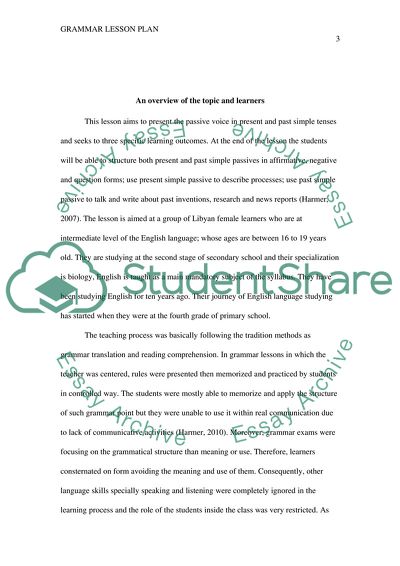Cite this document
(English Grammar - Passive Voice in Present and Past Simple Tenses Assignment, n.d.)
English Grammar - Passive Voice in Present and Past Simple Tenses Assignment. https://studentshare.org/english/1806767-rationale-of-grammar-lesson-plan-passive-voicepresent-simple-and-past-simple-passives
English Grammar - Passive Voice in Present and Past Simple Tenses Assignment. https://studentshare.org/english/1806767-rationale-of-grammar-lesson-plan-passive-voicepresent-simple-and-past-simple-passives
(English Grammar - Passive Voice in Present and Past Simple Tenses Assignment)
English Grammar - Passive Voice in Present and Past Simple Tenses Assignment. https://studentshare.org/english/1806767-rationale-of-grammar-lesson-plan-passive-voicepresent-simple-and-past-simple-passives.
English Grammar - Passive Voice in Present and Past Simple Tenses Assignment. https://studentshare.org/english/1806767-rationale-of-grammar-lesson-plan-passive-voicepresent-simple-and-past-simple-passives.
“English Grammar - Passive Voice in Present and Past Simple Tenses Assignment”. https://studentshare.org/english/1806767-rationale-of-grammar-lesson-plan-passive-voicepresent-simple-and-past-simple-passives.


